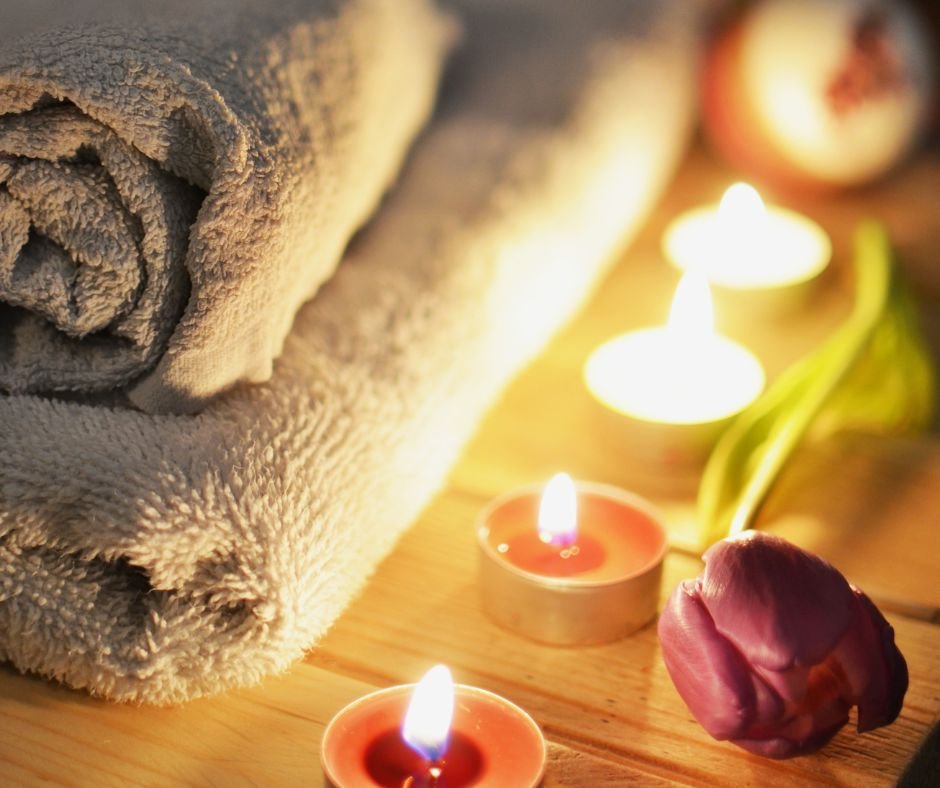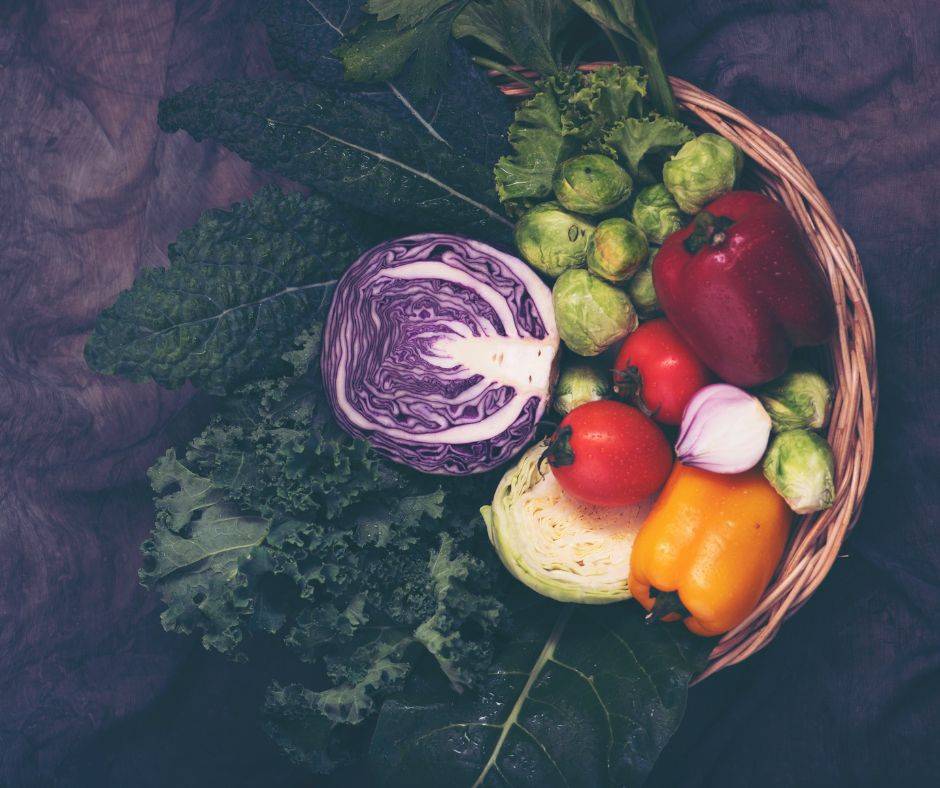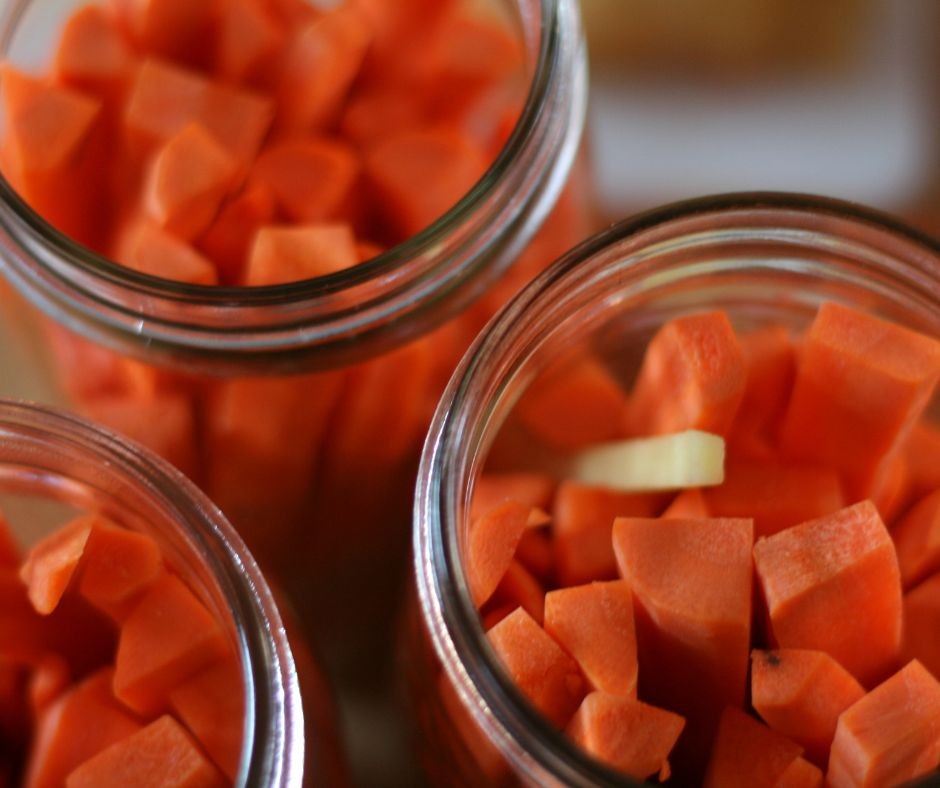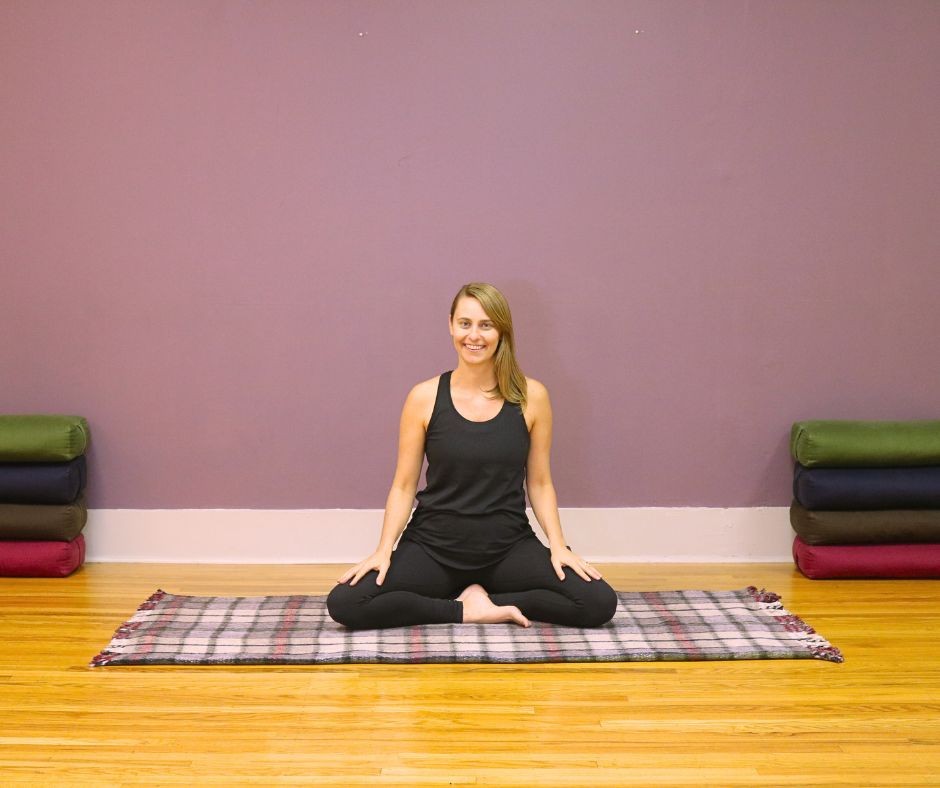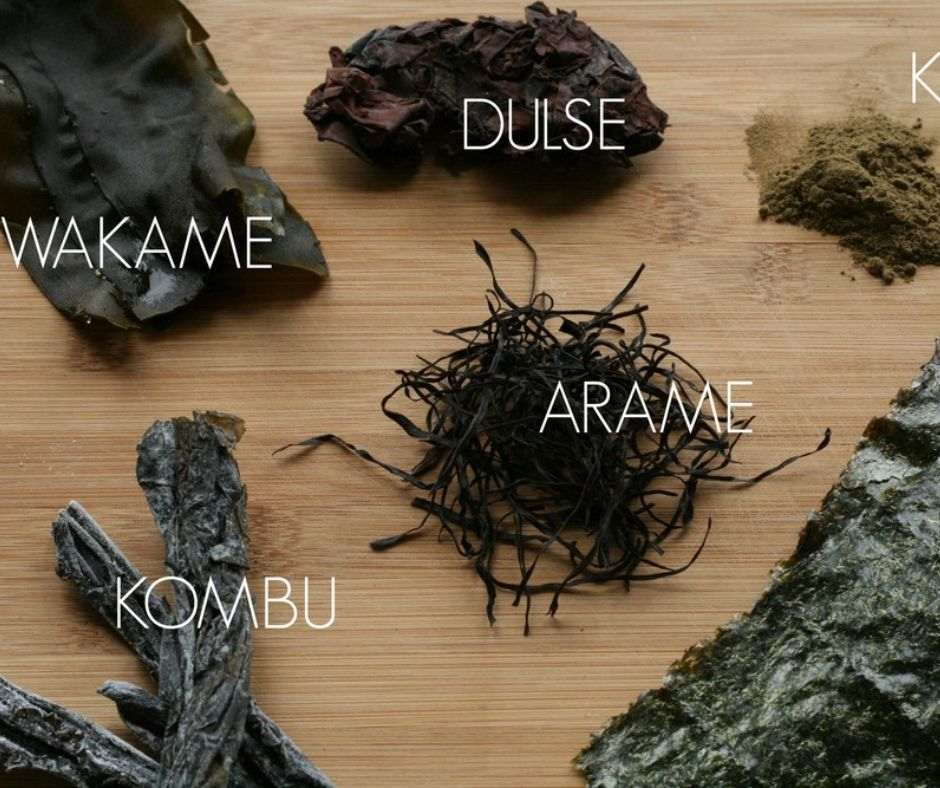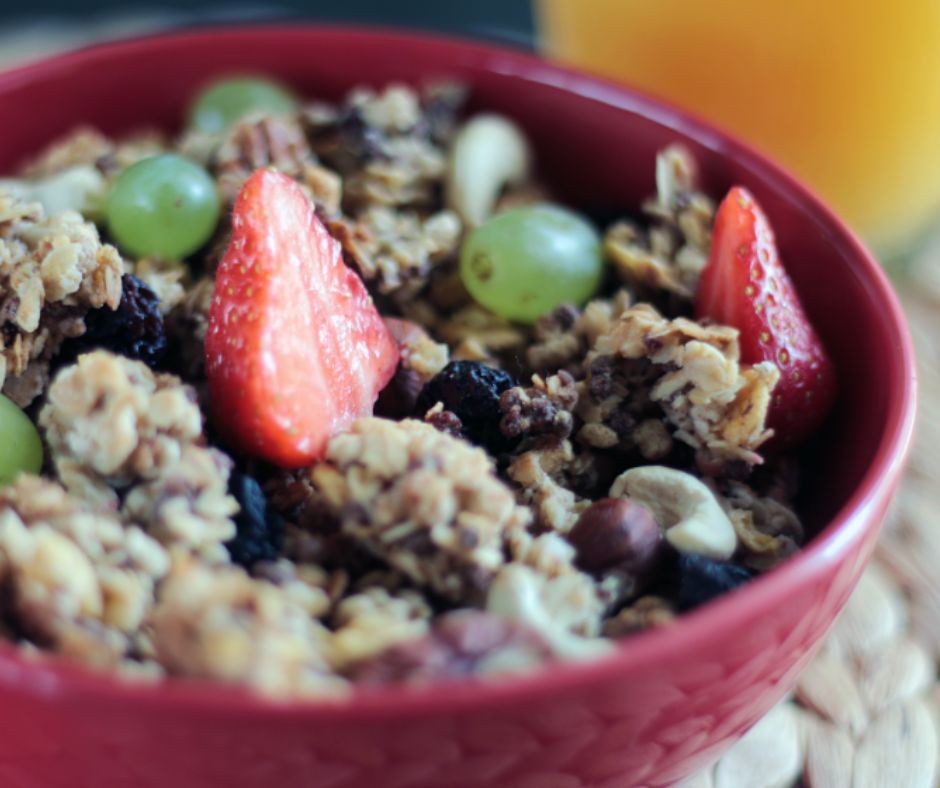One of my favourite rituals I like to share with clients and students this time of year is the practice of Ayurvedic self-massage. This practice helps rid the body of wastes and is said to slow aging, nourish the skin, increase lymphatic flow, and support healthy immunity. (In Chinese Medicine, you could say it helps to protect and preserve the immune system by creating insulation for the wei/protective Qi). This practice is particularly indicated if there is exhaustion and depletion, as it helps to bolster the body’s tissues and support the nervous system. It’s also helpful if you spend a lot of time flying or travelling or feel you don’t have much routine or regularity in your life.
Autumn and early winter are great times to develop this habit because this is when the energetic quality of vata increases. What is Vata? Simply put, vata represents cold, dry, mobile, rough, and erratic qualities. These qualities exist as natural forces and can impact our bodies and minds. Vata can make us feel like we’re simultaneously moving in a million different directions with no sense of grounding or stability. The cold, dry, and erratic qualities of the autumn season can aggravate vata in the body and mind, leading to more significant stress, dry skin and hair, insomnia, and anxiety. In particular, this practice can be beneficial if you have a Vata constitution (tend toward feeling scattered, dry, and cold).
The Ultimate Self Care Practice
The practice of self-massage is based on the Ayurvedic practice of abhyanga. During abhyanga, warm (sometimes medicated) oil is massaged into the body to nourish and protect the whole system. It is most often recommended in the morning due to its ability to help with detoxification. Still, it can also be used in the evening to aid sleep and support relaxation.
I recommend using this practice daily, but do what works for you! Remember – any amount is better than nothing. If you can’t practice it daily, begin with once a week. Especially this time of year, or when I’m travelling a lot, I spend two to three mornings a week with this practice. Your rhythm will depend on your levels of depletion/stress, your age, and the season.
The most important factor is that you work the practice into your life. If you find it easier to do a quick foot massage and then pop on some socks before bed to help with insomnia, do that to begin.
Rubbing oil all over creates a feeling of grounding and settling. Working the oil into the skin gives you a chance to become more familiar with the curves and crevices of your beautiful body. Taking time to check in is deeply healing – use this time to slow down and connect with yourself.
Pick Your Oils
When beginning your self-massage, you’ll need to pick what type of oil to use. Your skin and body love the healing benefits of natural oil, so be sure to use natural refined oil (organic if possible), NOT lotion. Do not use mineral oil or oils with synthetic scents or colours. And remember – just because it says “natural” on the bottle doesn’t mean it is! Be sure to read the ingredients – the only ingredient you should see is the name of the oil. For example, “organic sesame oil.” Some oils have a small amount of vitamin E or other natural ingredients, but other than that, no other ingredients should be added.
You can choose your oil based on your constitution or your imbalance. You can also add herbs to the oils for further benefits (look out for more herbal posts soon). Here are a few guidelines:
- warming oil (cold climate or if feeling cold): sesame or mustard oil
- cooling oil (hot climate or if feeling hot): coconut, olive oil, coco butter, avocado
- neutral oil (in between seasons or when you’re not sure): almond oil
Practical Steps
- First, set yourself up in a warm bathroom by laying out an old towel (it will get oily).
- Warm your oil. I find using a double boiler type setup works (putting the oil in a small jar or container and placing that container in a pot with a bit of water to heat).
- Remove your clothes, place some oil in your palm, and slowly work the oil into your body. As you rub your whole body in your chosen oil, focus on places that feel tender or need extra attention. You could also use acupressure points for added benefit. Start by rubbing the oil into your face, ears, nose, and neck. Make long sweeping movements on the arms and legs and circular movements around the joints like the elbows and knees. Use more oil as needed. Coat your entire body, including your chest, abdomen, back, and sides. Don’t forget your feet and hands too! It should take around 10 minutes to do your entire body.
- Let the oil sink in for another 5-10 minutes. Sit back and relax – the longer you let the oil absorb, the more benefit. You could play music or a talk from an inspiring teacher while relaxing or simply enjoy the quiet time.
- Once you have rested, get in the shower (or bath) and only use soap in the places you need. Bathing (without soap) in a warm or hot shower after the oil massage will encourage the oil to sink in more deeply.
- When you get out of the shower, pat yourself dry. Remember to designate a few towels you don’t mind getting a little oily, and clean your bathtub regularly to avoid slippery accidents and drain clogging.
- Move through the rest of your day with greater grounding and a deep sense of nourishment!
When NOT to do Abhyanga
Finally, there are a few circumstances when this practice is best avoided. Avoid doing abhyanga right after a meal if you have an acute cold or a mucus condition, during hot and damp weather, and during menstruation. In Ayurveda, it is also contraindicated if you present with ama (sticky toxic residue primarily from poor digestion).
I truly hope you enjoy this practice. Please let me know in the comments below if you tried it and any questions you have.

